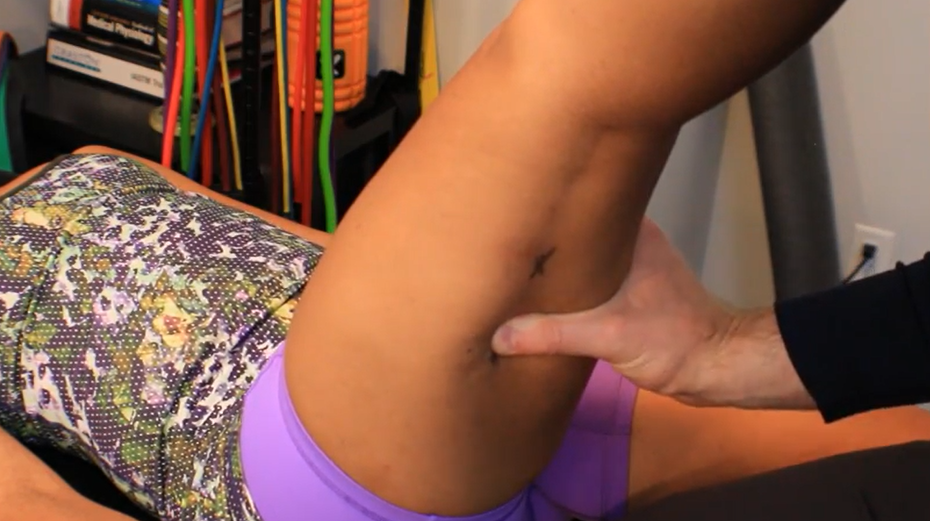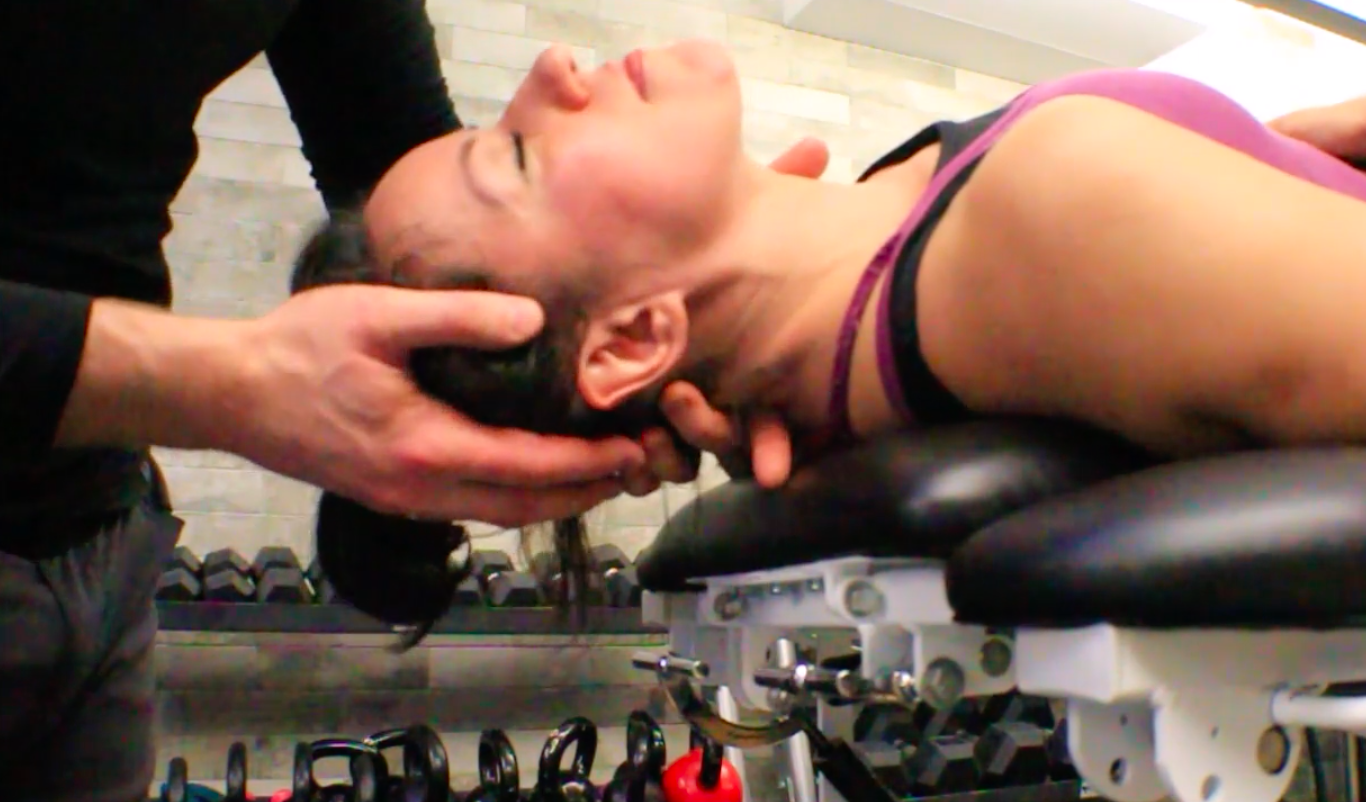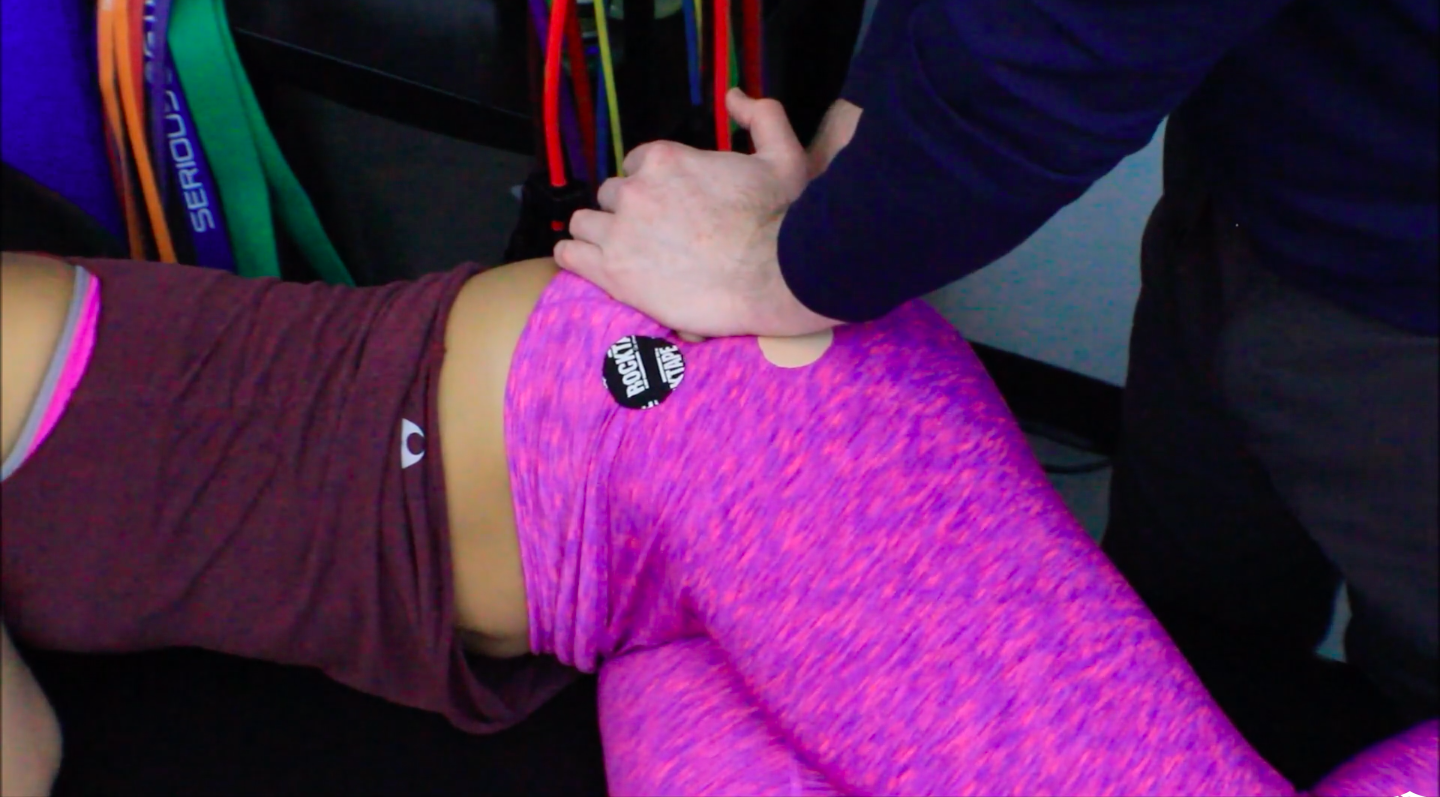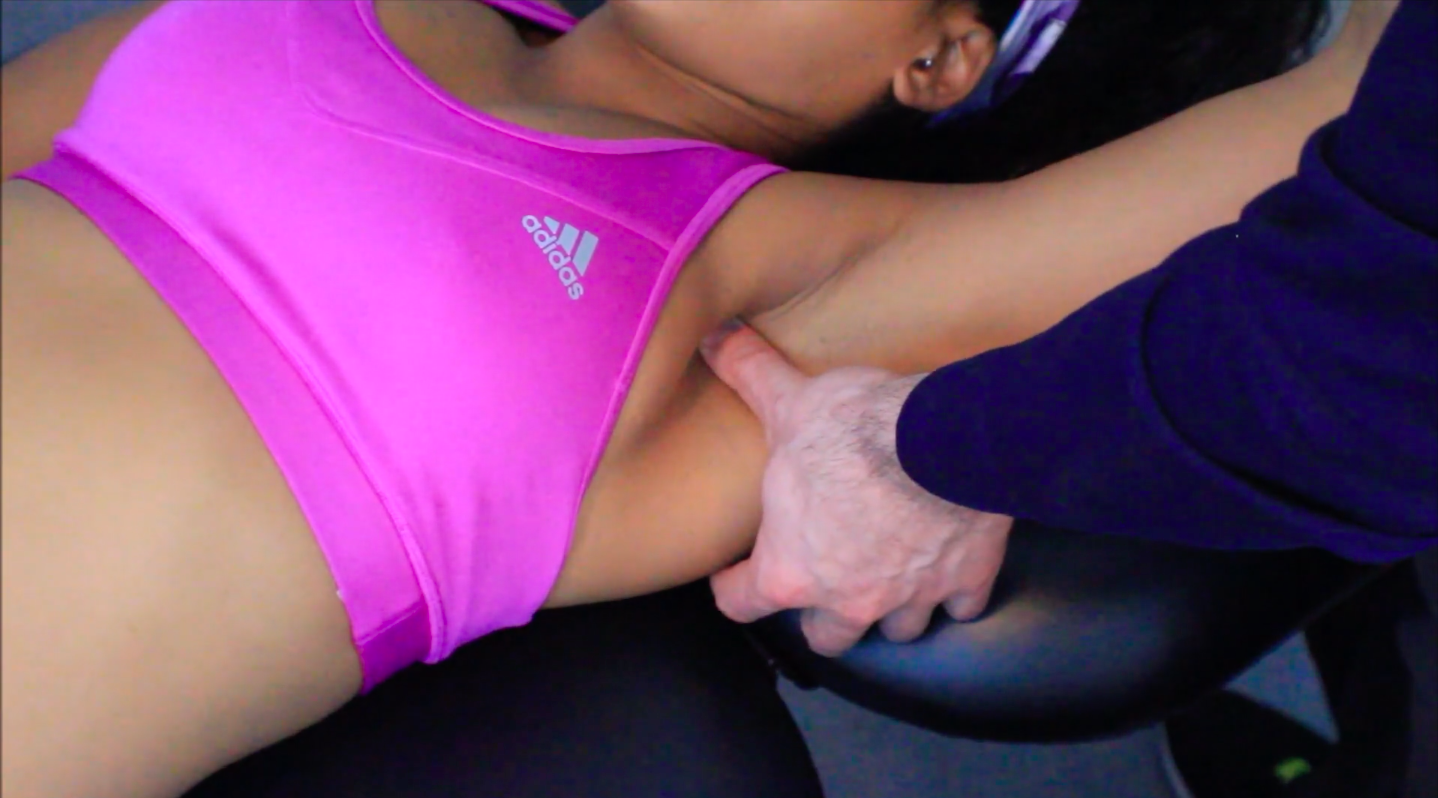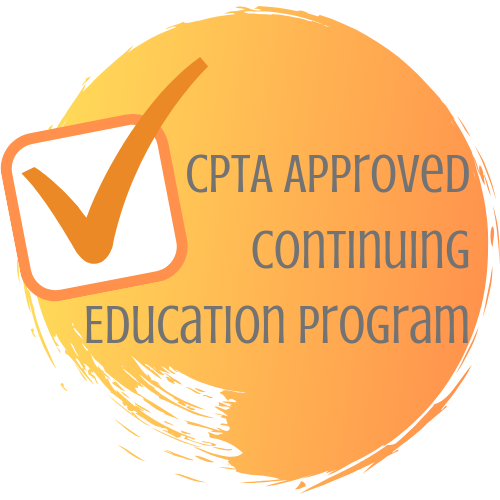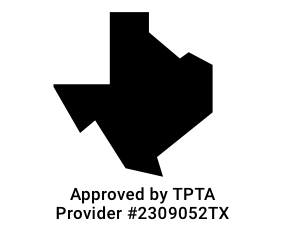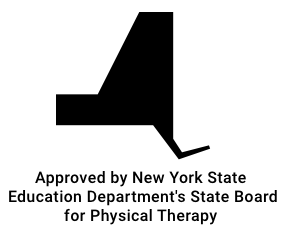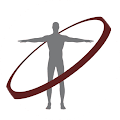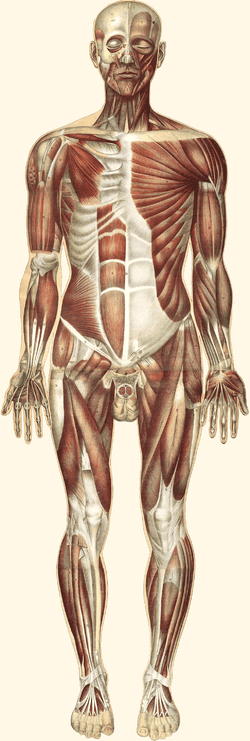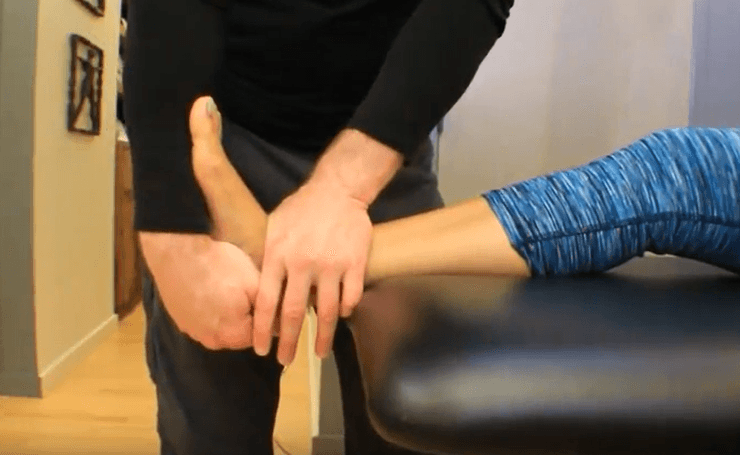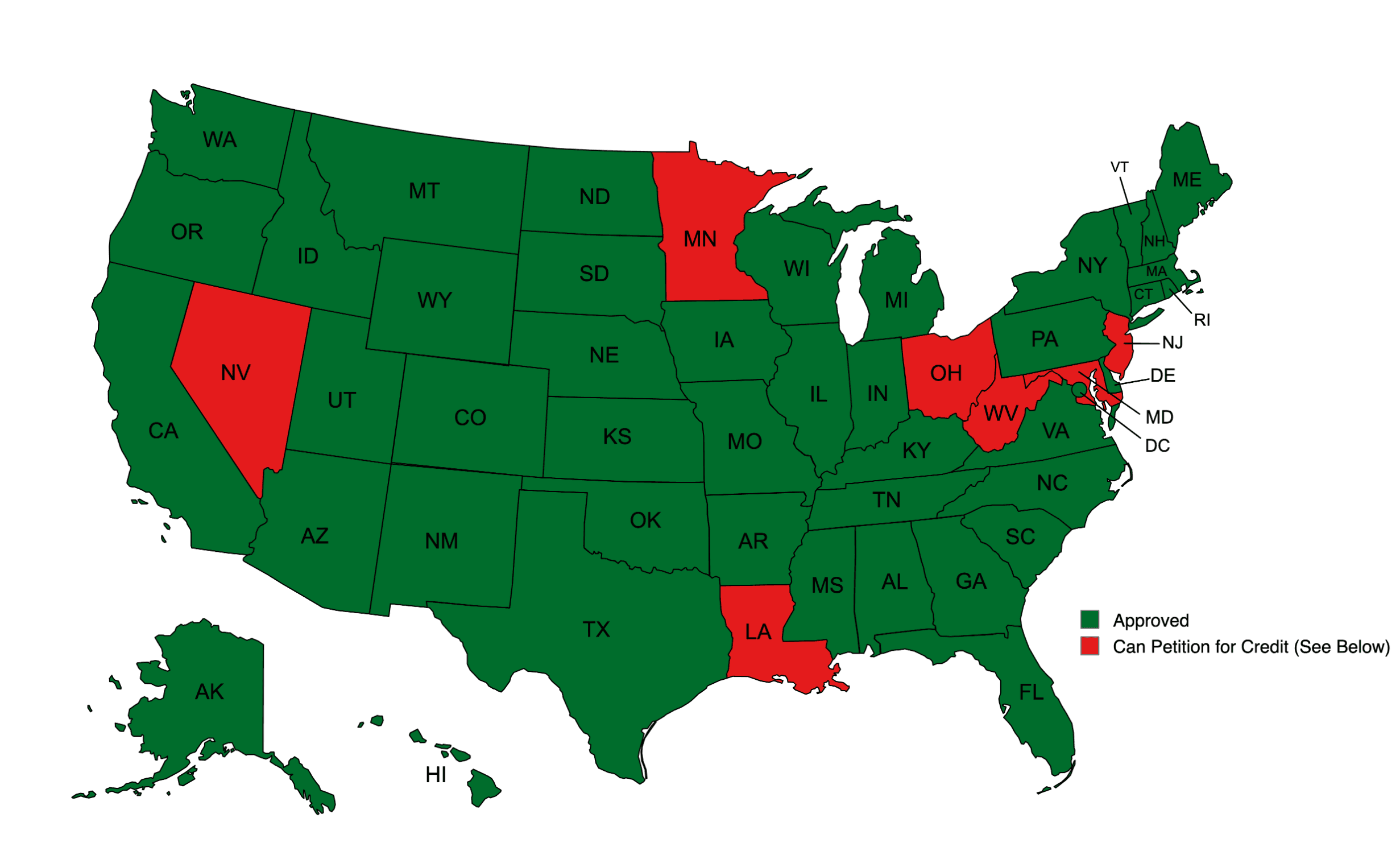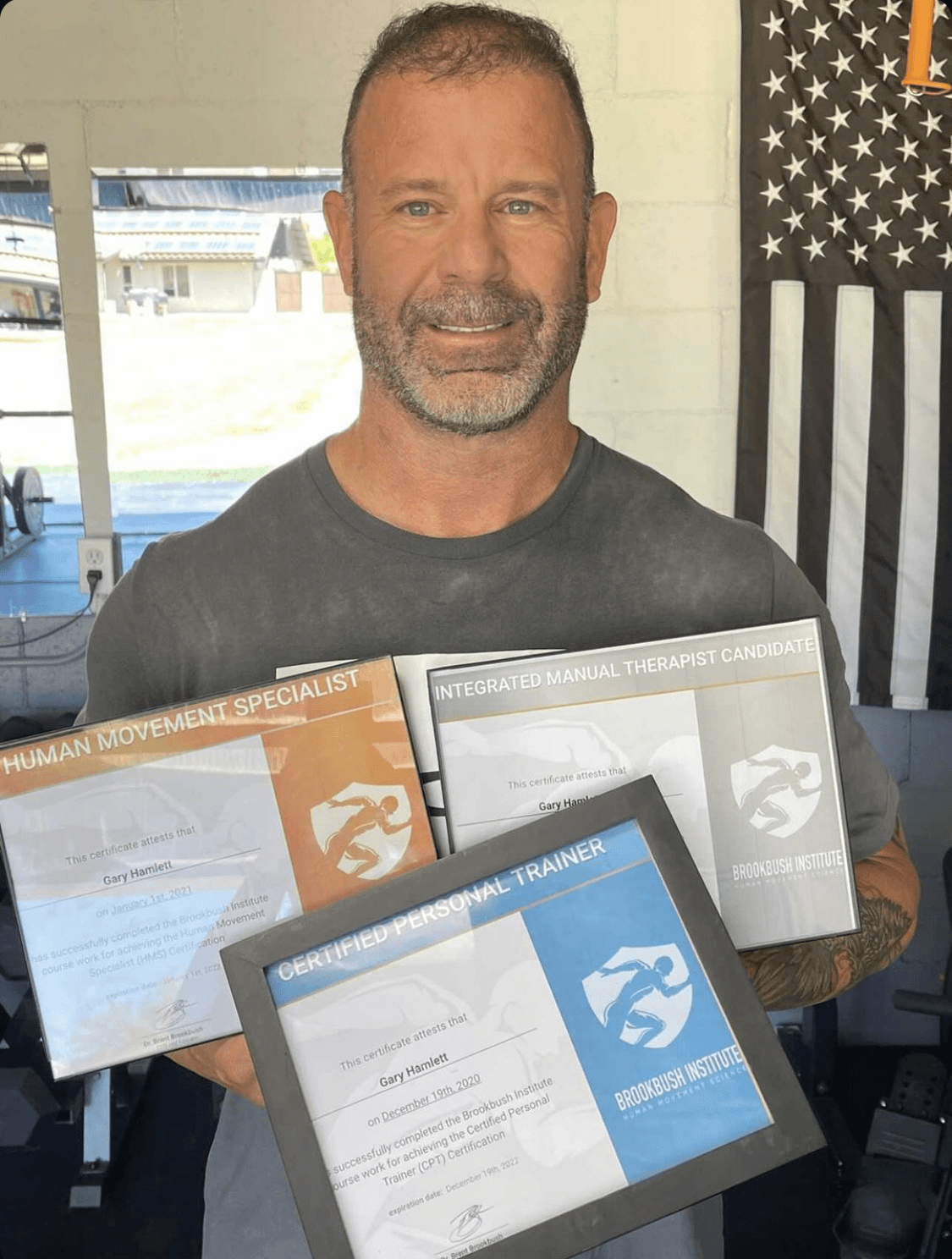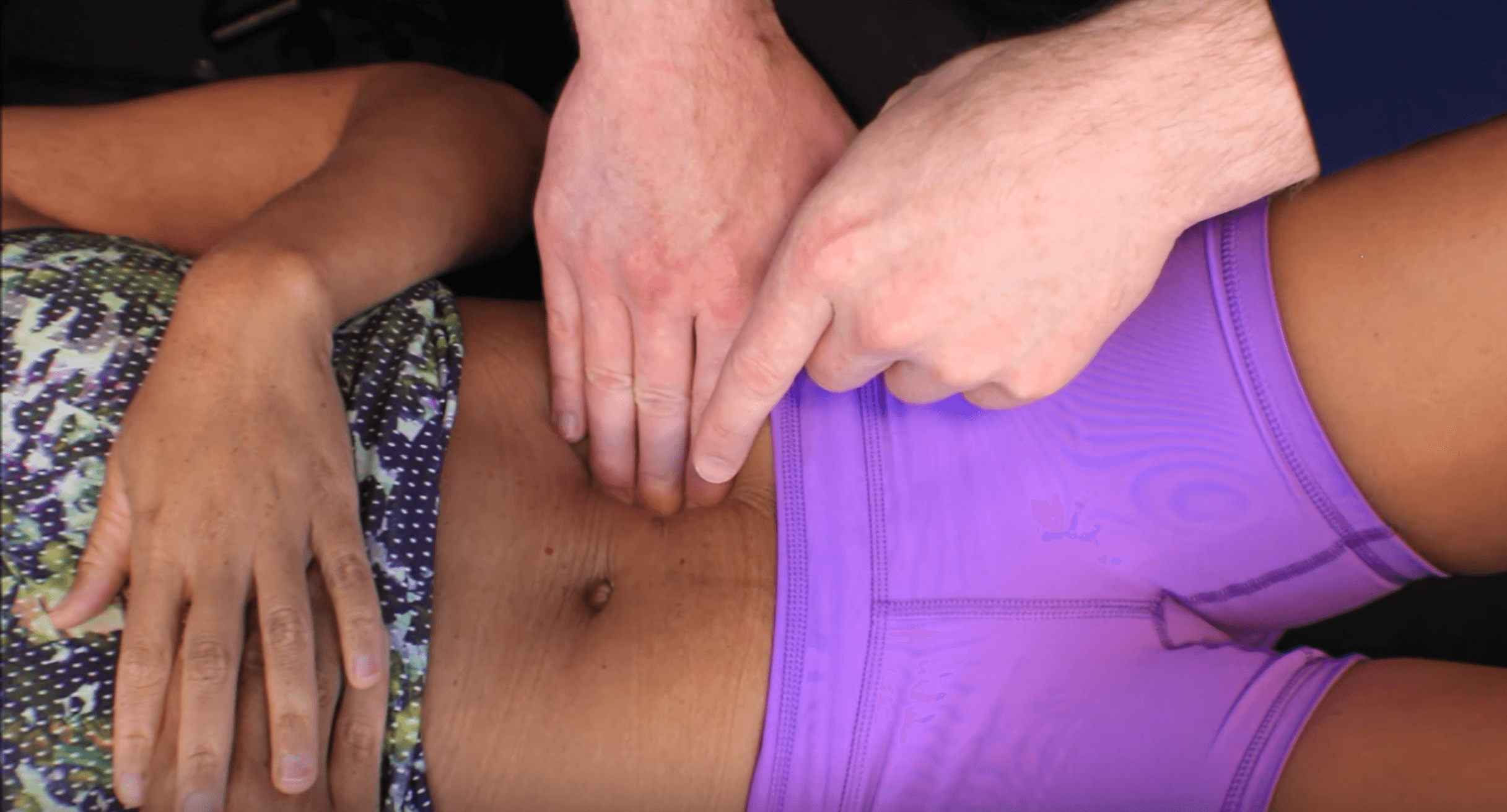Highly recommend
I recently completed the CPT course. It was demanding yet practical. I would highly recommend it for anyone wanting an education about human movement.
Non-biased & practical
I have taken both the Human Movement Specialist and Certified Personal Trainer certificate programs and have found the value in understanding the how and ways the body moves and functions and from evidence, non-biased, outcome, conceptual, theoretical, and practical approach to helping my clients/patients look better, feel better, and move better.
thoroughly detailed explanation
We learn principles in academia, we learn cool new modalities via whatever specialty certification, but BBI really concentrates on the nuances of passive treatment and they do a fantastic job. The format in which BBI instructs soft tissue specialists (DPTs, Chiros, ATs) like myself feels like almost like an apprenticeship. You get a thoroughly detailed explanation of the “why’s”, and a visual comprehension of how to apply. Personally, I believe application is where the good and the great are distinguished.
explained in very understandable terms
Challenging concepts are explained in very understandable terms without dumbing down the material, and I find this program to be superior in quality to other personal training programs.
great content
I have been a massage therapist for 10 yrs and I feel like all the “pieces” I’ve learned throughout the yrs have been put into place and can see the full picture. I am also a member to tons of great content since I love to learn! I plan to get my CPT through them as well.
website is phenomenal
I am a 70 yr old chiropractor and no other healthcare provider was able to come up with an exercise protocol particular to my structural and balances and muscle deficits and keep me in the game. And as for continuing education on human skeletal movement, the website is phenomenal full of great exercises for particular mechanical dysfunction.
